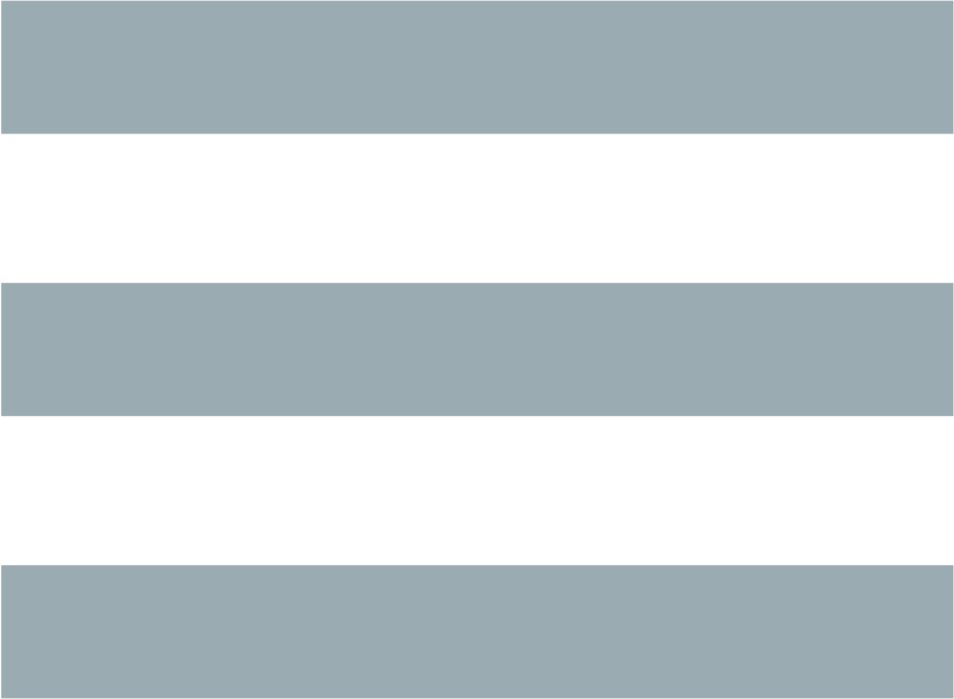EXAMPLES
[% FILTER null;
USE im = GD.Image(100,100);
USE c = GD.Constants;
# allocate some colors
white = im.colorAllocate(255,255,255);
black = im.colorAllocate(0, 0, 0);
red = im.colorAllocate(255,0, 0);
blue = im.colorAllocate(0, 0,255);
green = im.colorAllocate(0, 255,0);
# make the background transparent and interlaced
im.transparent(white);
im.interlaced('true');
# Put a black frame around the picture
im.rectangle(0,0,99,99,black);
# Draw a blue oval
im.arc(50,50,95,75,0,360,blue);
# And fill it with red
im.fill(50,50,red);
# Draw a blue triangle by defining a polygon
USE poly = GD.Polygon;
poly.addPt(50,0);
poly.addPt(99,99);
poly.addPt(0,99);
im.filledPolygon(poly, blue);
# Output binary image in PNG format
im.png | stdout(1);
END;
-%]
DESCRIPTION
The GD.Polygon plugin provides an interface to GD.pm's GD::Polygon class.See GD for a complete description of the GD library and all the methods that can be called via the GD.Polygon plugin. See Template::Plugin::GD::Image for the main interface to the GD functions. See Template::Plugin::GD::Constants for a plugin that allows you access to GD.pm's constants.
AUTHOR
Thomas Boutell wrote the GD graphics library.Lincoln D. Stein wrote the Perl GD modules that interface to it.
Craig Barratt <[email protected]> wrote the original GD plugins for the Template Toolkit (2001).
Andy Wardley <[email protected]> extracted them from the TT core into a separate distribution for TT version 2.15.

